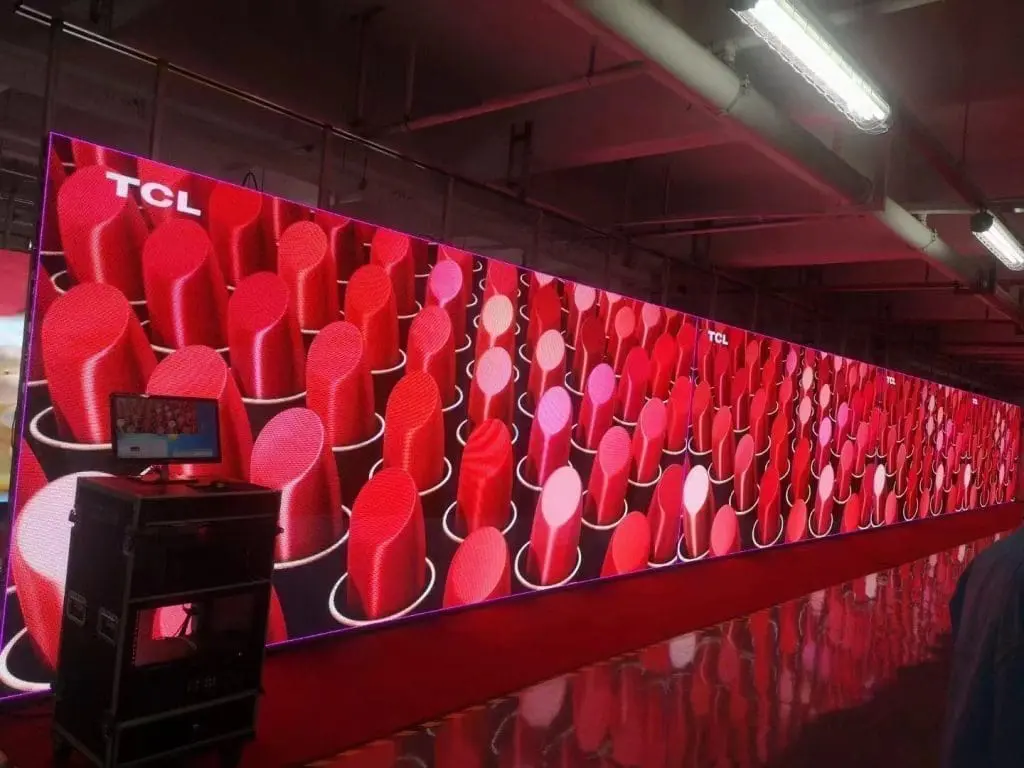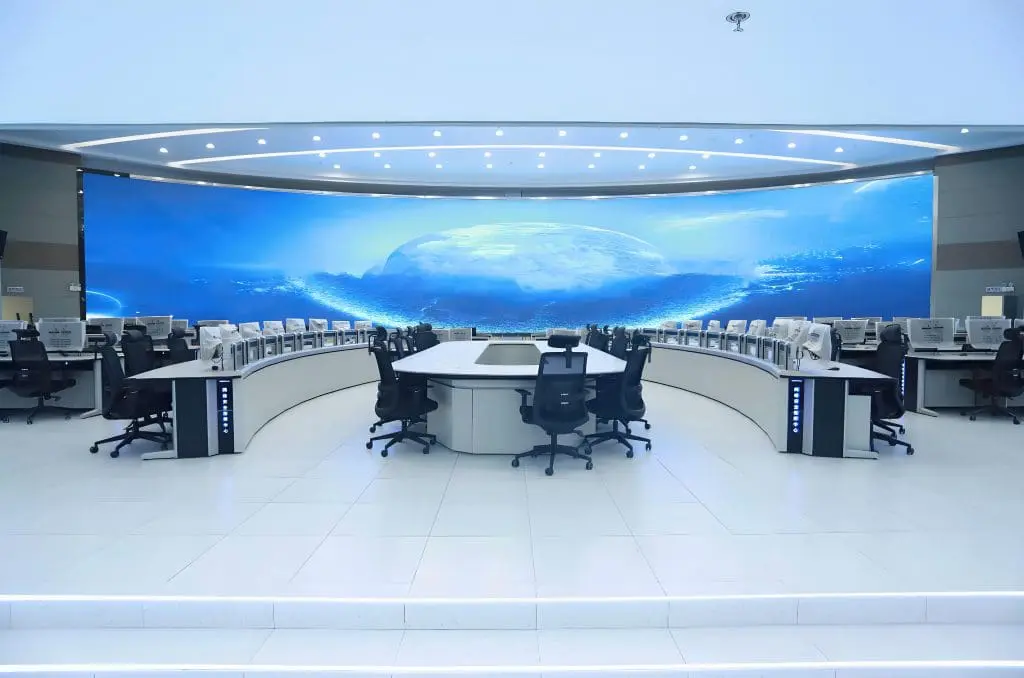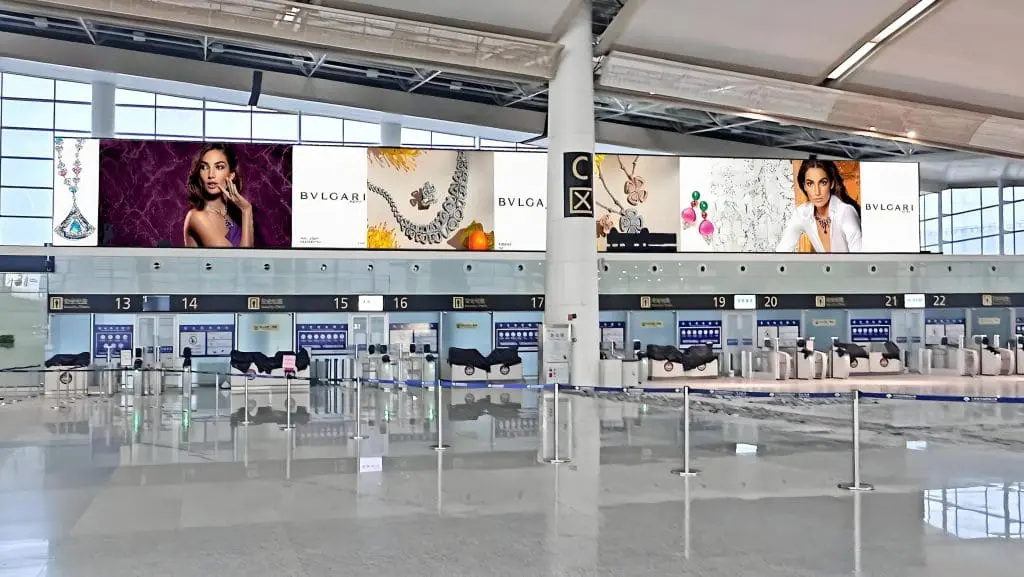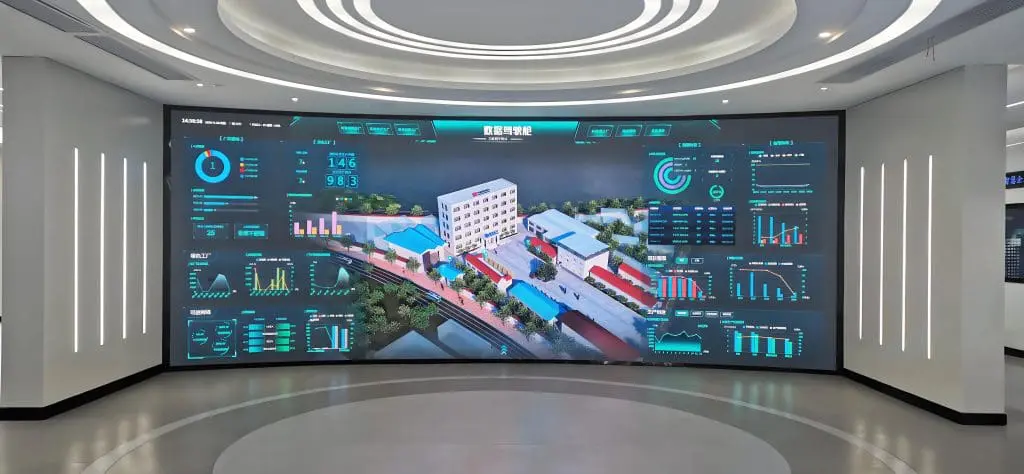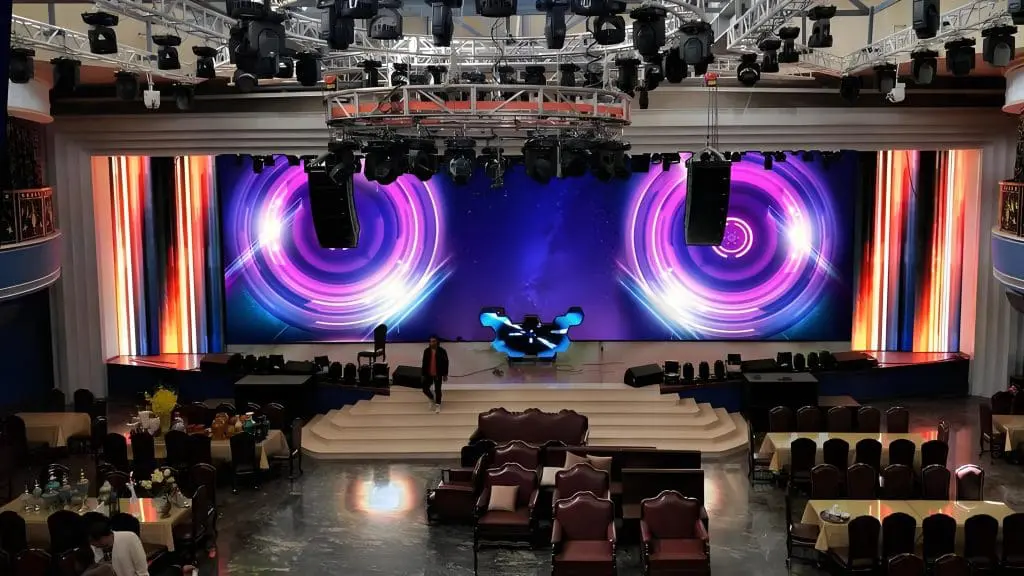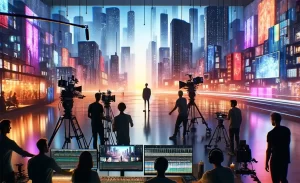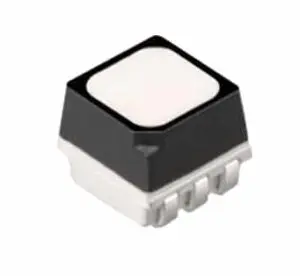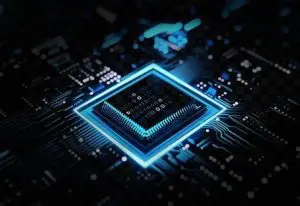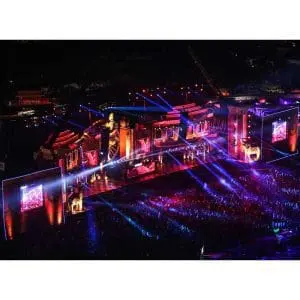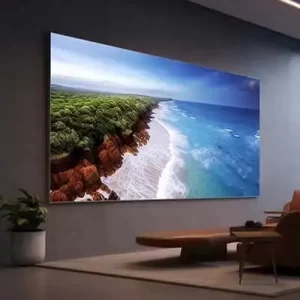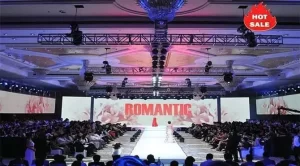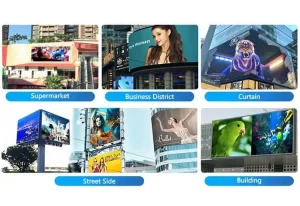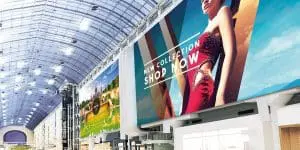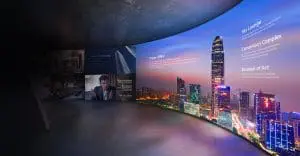When shopping for TVs, digital billboards, or signage solutions, you’ve likely encountered the term LED screen repeatedly. But what exactly does it mean, and why is it so popular? Whether you’re upgrading your home entertainment system, exploring business display options, or simply curious about modern technology, this guide will help you understand everything you need to know about LED screens—from how they work to their key advantages.
What Does LED Mean?
The term LED stands for Light Emitting Diode. In the context of screens, it refers to the lighting technology used to illuminate the display. While many think LED screens are entirely different from LCD screens, they are actually closely related. Most LED screens are LED-backlit LCD screens, meaning they use LED lights as the backlight for an LCD panel.
However, there’s also a second category—direct-view LED displays—where each pixel is an independent LED. These are commonly used in outdoor billboards, stadiums, and large event screens because of their brightness and scalability.
How LED Screens Work
To better understand LED technology, let’s compare the two main types of LED screens:
| Feature/Type | LED-Backlit LCD Screen | Direct-View LED Screen |
|---|---|---|
| Structure | LCD panel with LED backlighting | Pixels made of individual LEDs |
| Light Source | LEDs positioned behind or along edges | LEDs emit light directly |
| Image Formation | Liquid crystals modulate LED light | LEDs create images directly |
| Brightness | Moderate to high | Extremely bright, even in sunlight |
| Typical Use | TVs, monitors, indoor signage | Billboards, stadiums, events |
| Scalability | Limited by panel size | Highly scalable, modular design |
| Color Accuracy | Good (varies by panel quality) | Excellent in high-end displays |
| Cost | Affordable | Expensive, for commercial use |
Why LED Displays Are So Popular
1. Slim and Lightweight Design
LED technology enables ultra-thin displays that are sleek and easy to install. This makes them ideal for modern TVs, indoor signage, and portable setups.
2. Energy Efficiency
LED lights consume less power than traditional lighting systems, reducing energy costs. This makes them especially beneficial for commercial setups like 24/7 signage or large-scale outdoor displays.
3. Superior Visual Quality
LED Displays deliver vibrant colors, deep contrast, and high brightness. Features like local dimming and HDR (High Dynamic Range) further enhance image quality.
4. Long Lifespan
LEDs last longer than fluorescent or incandescent light sources, resulting in reduced maintenance and replacement costs over time.
5. Versatility
From small TVs to massive billboards, LED screens can be scaled and customized for various applications. They perform well indoors and outdoors, even in challenging environments.
Types of LED Displays
There are several variations of LED Display technology, each designed for specific needs:
1. Edge-Lit LED Displays
- LEDs are placed along the edges of the screen.
- Light is distributed across the panel using a guide plate.
- Pros: Thin design, lightweight.
- Cons: Brightness may be uneven.
2. Full-Array LED Screens
- LEDs are evenly distributed behind the screen.
- Supports local dimming for better contrast and deeper blacks.
- Best For: Premium TVs and monitors.
3. Mini-LED Display Screens
- Thousands of tiny LEDs provide backlighting.
- Offers precise brightness control and enhanced HDR performance.
- Common Use: High-end TVs and gaming monitors.
4. Micro-LED Display Screens
- Each pixel is an individual LED, similar to OLED but with higher brightness and no burn-in risk.
- Pros: Exceptional color accuracy, contrast, and scalability.
- Cons: Expensive and still emerging in the market.
Common Applications of LED Display Screens
1. Home Entertainment
- Usage: TVs, gaming monitors, and home theater systems.
- Why Choose LED: Vibrant visuals, slim designs, and energy efficiency.
2. Digital Signage
- Usage: Malls, airports, transportation hubs, and outdoor advertising.
- Why Choose LED: High brightness, weather resistance, and durable performance.
3. Business Environments
- Usage: Conference rooms, lobbies, and trade shows.
- Why Choose LED: Professional presentation and easy content management.
4. Stadiums and Events
- Usage: Live feeds, advertisements, and scoreboards.
- Why Choose LED: Scalability, extreme brightness, and durability.
How to Choose the Right LED Screen
1. Determine the Environment
- Indoor vs. Outdoor: Outdoor screens need high brightness (5,000+ nits) and weatherproof designs.
- Ambient Lighting: Ensure visibility in bright conditions or dim spaces.
2. Screen Size and Resolution
- Home Use: 4K is now the standard for TVs.
- Commercial Use: Match resolution to viewing distance; larger screens need higher resolutions for close audiences.
3. Budget
- Affordable Options: LED-backlit LCD screens.
- Premium Choices: Direct-view LED or micro-LED displays.
4. Maintenance
- Look for screens with easy cleaning, modular designs, and minimal repair needs.
- Consider warranty coverage for long-term reliability.
Advantages and Limitations of LED Screens
Advantages
- Energy Efficiency: Lower power consumption.
- Vivid Visuals: Great brightness, contrast, and color reproduction.
- Longevity: Longer lifespan than older technologies.
- Scalability: Modular designs for large installations.
Limitations
- Higher Initial Cost: Especially for direct-view LED displays.
- Viewing Angles: Some lower-end models may have limited angles.
- Calibration Needs: Professional setups may require periodic adjustments.
Maintenance Tips for LED Screens
To maximize the lifespan of your LED screen (typically 50,000–100,000 hours):
- Regular Cleaning: Use a microfiber cloth to remove dust and fingerprints.
- Ensure Proper Ventilation: Prevent overheating by keeping vents clear.
- Avoid Power Surges: Use surge protectors to safeguard the screen.
- Calibration: Adjust settings as needed to maintain optimal picture quality.
- Weatherproofing: For outdoor screens, ensure seals and casings are intact.
Frequently Asked Questions
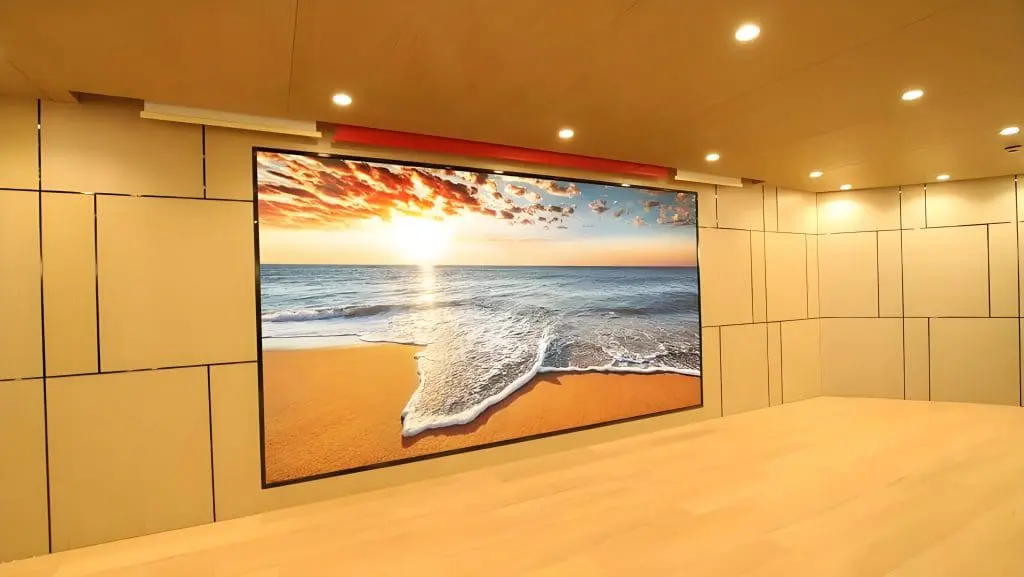
1. Are LED and LCD screens the same?
Not exactly. LED screens are essentially LCD screens that use LED backlighting, but direct-view LED displays are entirely different and don’t use LCD panels.
2. Is an LED screen better than OLED?
It depends on your needs. LED screens are brighter and more durable, while OLED offers better contrast and deeper blacks.
3. Can LED Dsipalys be used outdoors?
Yes, many LED Displays are designed specifically for outdoor use, with weatherproofing and high brightness levels for visibility in sunlight.
4. How long do LED Displays last?
With proper care, an LED Display can last 10–20 years, depending on usage.
Why LED Screens Dominate Today’s Market
From TVs to billboards, LED screens have become the go-to solution for modern displays. They combine sleek designs, vibrant visuals, energy efficiency, and long-lasting performance, making them ideal for both personal and commercial use.
Whether you’re shopping for a new television, upgrading business signage, or planning a large outdoor event, knowing the basics of LED screen technology will help you make the right choice with confidence.









